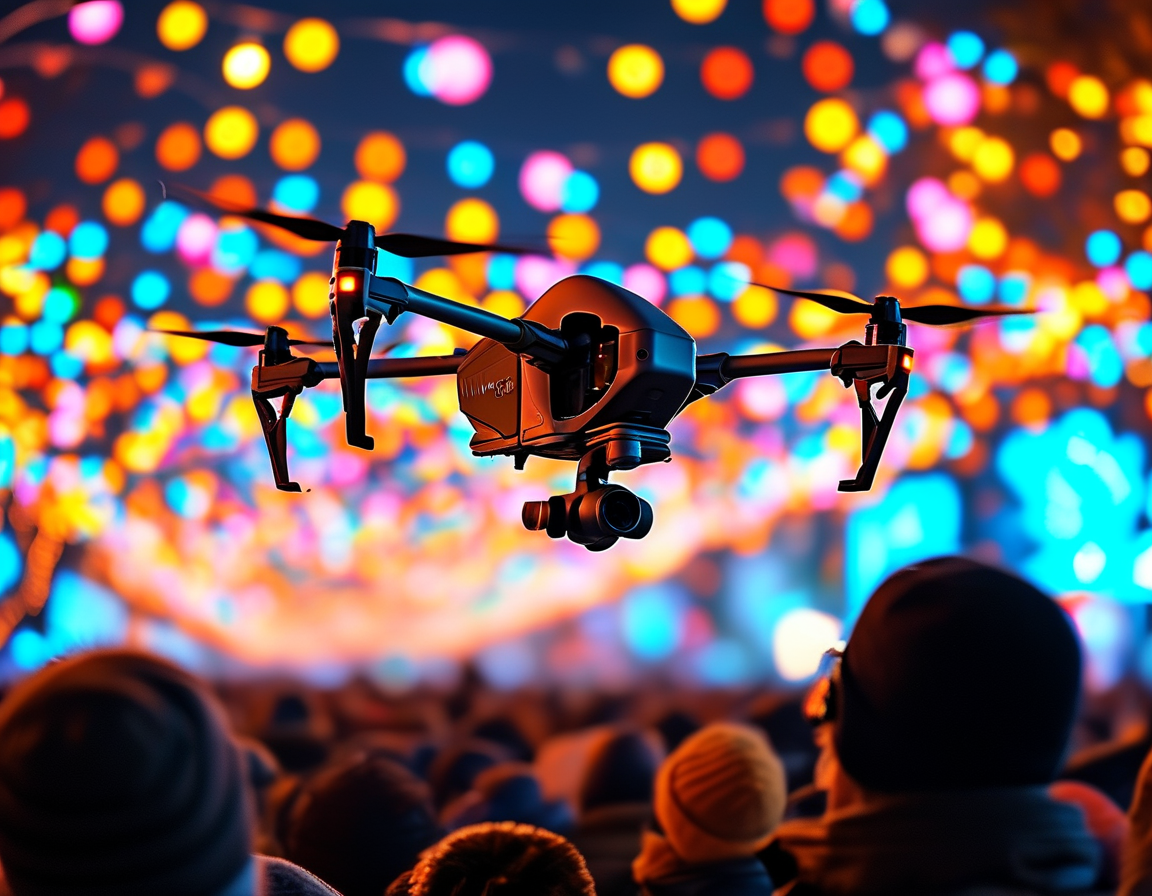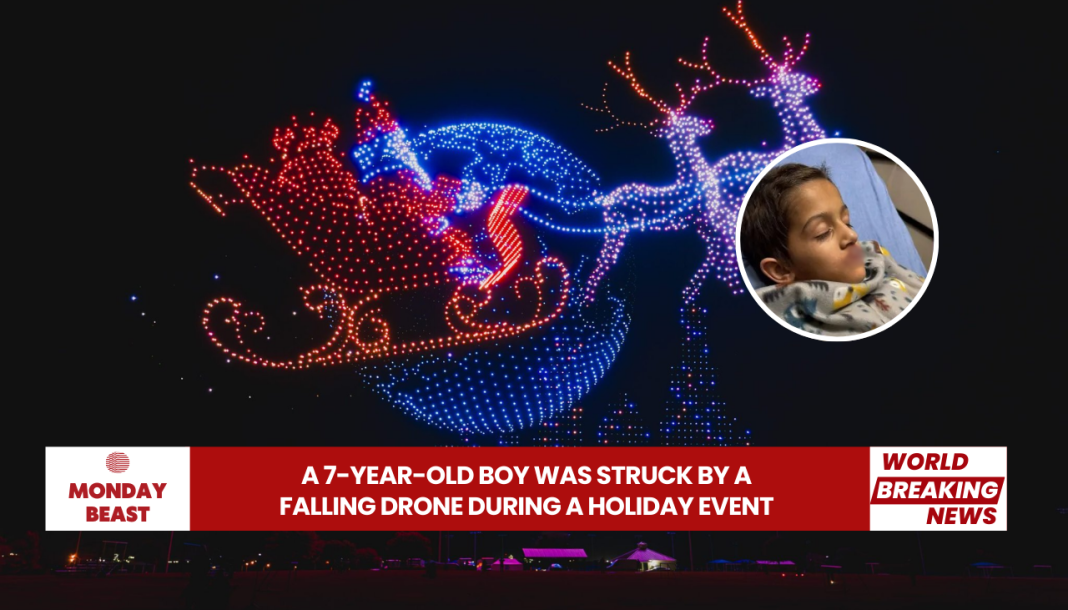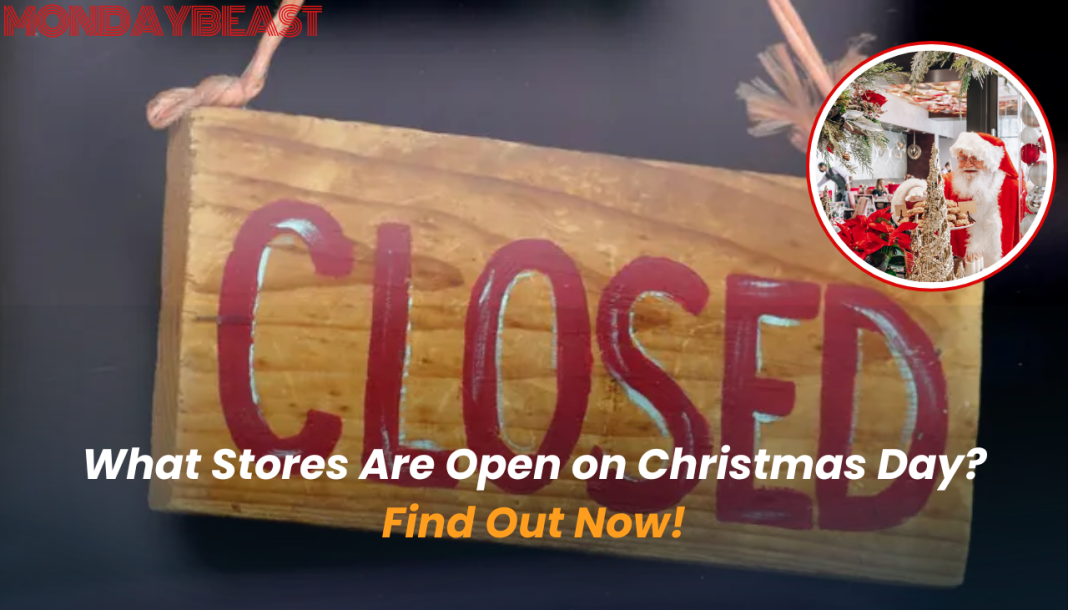In a tragic turn of events at a holiday show in Lake Eola Park, where the sky was meant to be illuminated with dazzling drones, a 7-year-old boy named Alexander was struck by a drone. This incident left many to wonder: how could such a joyous event turn into a moment of crisis? As the boy undergoes open-heart surgery, the investigations by the NTSB and FAA raise pressing concerns about drone safety regulations.

Witnesses captured the terrifying moment when drones fell from the sky, with many being swept away in confusion. A video showed Alexander’s parents, Adriana Edgerton and Jessica Lumsden, who instinctively moved to protect him. ‘Before they went down, the green one went straight at us,’ Lumsden recounted. The impact knocked him unconscious, leading to severe chest injuries. Was there a way to foresee such chaos amidst the celebration?
The night was supposed to be a joyous gathering, filled with lights dancing against the dark. However, the city quickly canceled the show, issuing an apology that felt insufficient in the wake of such an accident. ‘Due to technical difficulties, the 8 p.m. Holiday Drone Show at Lake Eola has been canceled,’ the city announced on social media. Yet, the root cause of these technical malfunctions remains a mystery, leaving parents and onlookers to question the safety of drone displays.

Sky Elements Drones, the vendor responsible for the show, expressed their concern. They released a statement extending their hopes for Alexander’s swift recovery and emphasizing their commitment to audience safety. “The well-being of our audience is of the utmost priority, and we regret any distress or inconvenience caused.” But as the FAA steps in, one has to ask: will this be enough to prevent future tragedies?
Drones, when used correctly, offer spectacular displays but also come with inherent risks. Regulations exist to manage these risks, requiring waivers for operations involving multiple drones. The fallout from this incident may provoke a reconsideration of such regulations. Should regulators tighten the reins, or do we risk stifling innovation in drone technology?

The ongoing investigations by the FAA and NTSB will sift through the details. They aim to provide answers about what went wrong that night. These agencies have the power to implement new measures. Will they prioritize enhanced safety protocols?
For Alexander and his family, the emotional toll is undeniable. One cannot help but feel the weight of uncertainty, not just for their loved one’s recovery but also for the future of public events involving drones. As the community rallies around the Edgerton-Lumsden family, their story prompts reflection on our collective responsibility to ensure safety in entertainment.
Perhaps, as we enjoy aerial spectacles, we must also remain vigilant. Are current safety measures enough? Can we ensure that joy doesn’t come at the expense of safety? These questions linger, demanding our attention as we move forward.




